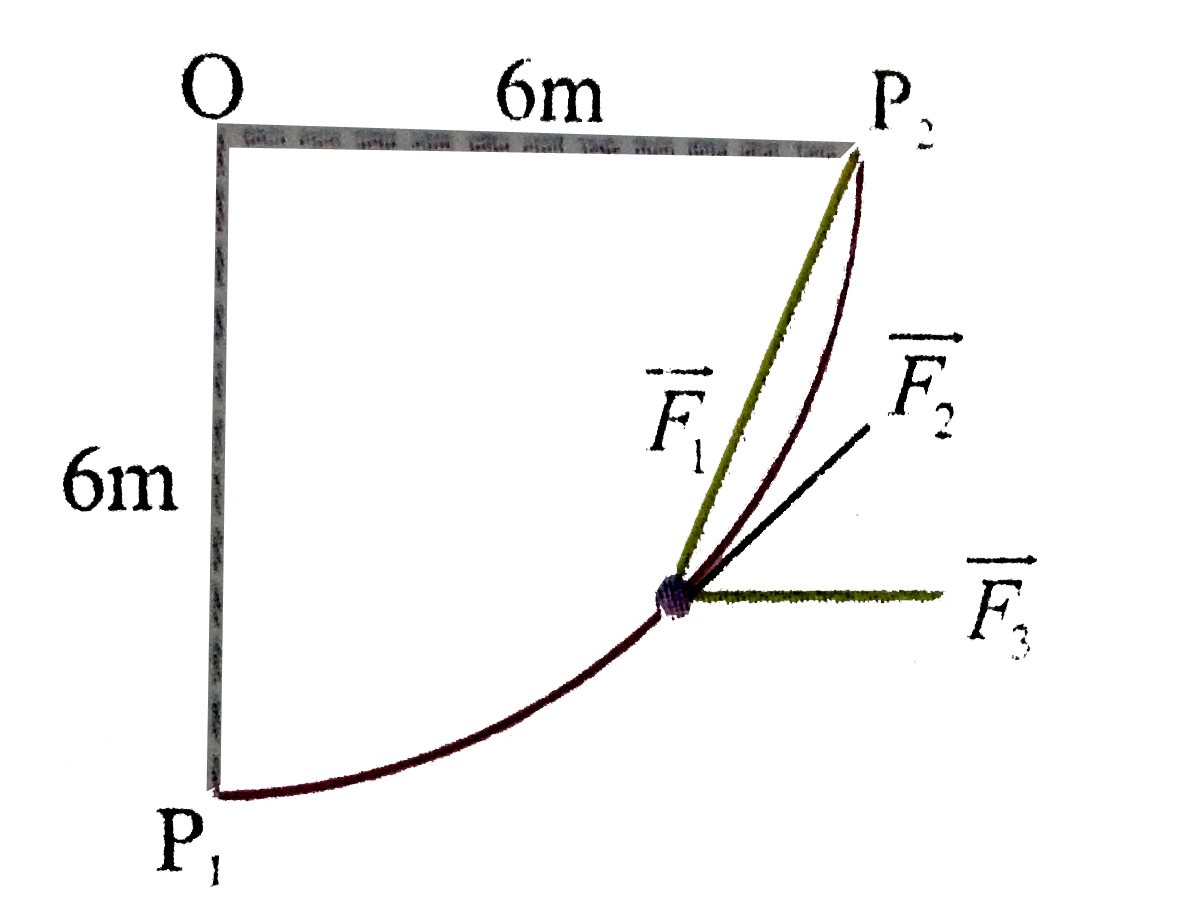Consider the equation ddt(∫→F.d→S)=A(→F.→p) where →F≡ force, →s≡ displacement, t ≡ time and →p= momentum. The dimensional formula of A will be
M0L0T0
ML0T0
M−1L0T0
M0L0T−1
[ddt(∫→F.d→S)]=[A(→F.→p)]⇒[Fst]=[AFp]
⇒[A]=[spt]=LMLT−1×T=M−1
Topper's Solved these Questions
- BOOK - ALLENCHAPTER - BASIC MATHSEXERCISE - EXERCISE-320videos
BASIC MATHS
- BOOK - ALLENCHAPTER - BASIC MATHSEXERCISE - UNIT & DIMENSIONS19videos
BASIC MATHS
- BOOK - ALLENCHAPTER - BASIC MATHSEXERCISE - EXERCISE-1128videos
BASIC MATHS
- BOOK - ALLENCHAPTER - AIIMS 2019EXERCISE - PHYSICS40videos
AIIMS 2019
- BOOK - ALLENCHAPTER - CIRCULAR MOTIONEXERCISE - EXERCISE (J-A)6videos
CIRCULAR MOTION
Similar Questions
Knowledge Check
- Question 1 - Select One
Consider the equation ddt(∫→F.d→S)=A(→F.→p) where →F≡ force, →s≡ displacement, t ≡ time and →p= momentum. The dimensional formila of A will be
AM0L0T0BML0T0CM−1L0T0DM0L0T−1 - Question 2 - Select One
Maxwell’s equation ∮→E.→dl=d→B.→Adt is a statement of-
AAmpere’s lawBFaraday’s law of inductionCGauss’s law of electricityDGauss’s law of magnetism - Question 3 - Select One or More
if →P×→R=→Q×→R, then
A→P=→QB→P and →Q need not be equalCThere are infinite number of possibilities for →P (If →Q and →R are given ) which satisfy this relationship.D→p and →Q must be coplanar
Consider the following statements:
1. The magnitude of →a×→b is same as the area of a triangle with sides →aand→b.
2. If →a×→b=→0 where →a≠0.→b≠0 then →a=λ→b which of the following statements is/are correct?View SolutionThe position of the particle is given by →r=(→i+2→j−→k) momentum →P=(3→i+4→j−2→k). The angular momentum is perpendicular to
View SolutionA smooth track in the form of a quarter circle of radius 6m lies in the vertical plane. A particle moves from P1 to P2 under the action of forces →F1,→F2 and →F3 Force →F1 is 20N, Force →F2 is always 30N in magnitude. Force →F3 always acts tangentiallly to the track and is of magnitude 15N. Select the correct alternative (s) :
 .View Solution
.View SolutionPoynting vectors →S is defined as →S=1μ0→E×→B. The average value of '→S' over a single period 'T' is given by
View SolutionConsider the following statements
1. For any three vectors →a→b→c→a.{(→b+→c)×→a+→b+→c}=0
2. for any three coplanar vectors →d,→e,→f,(→d×→e).→f=0View Solution

